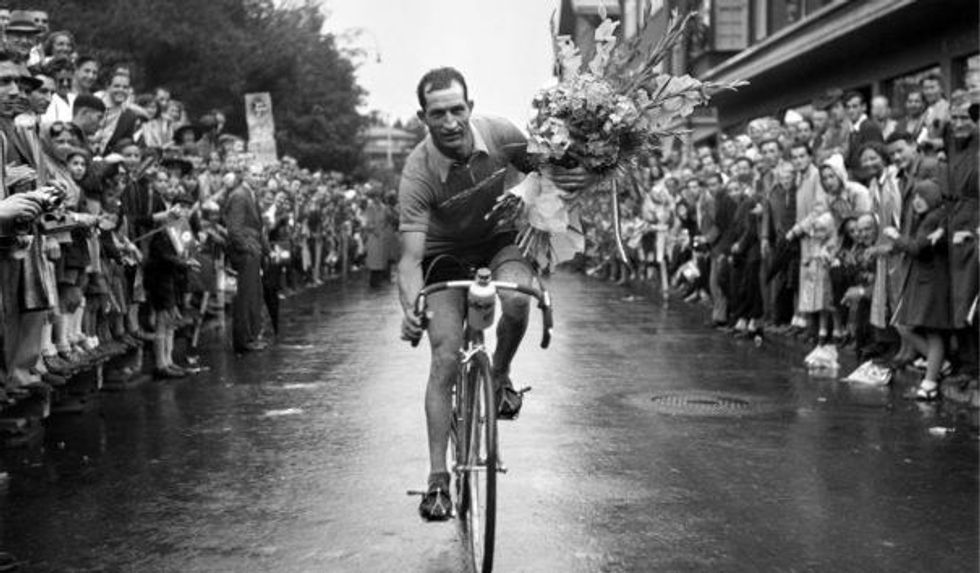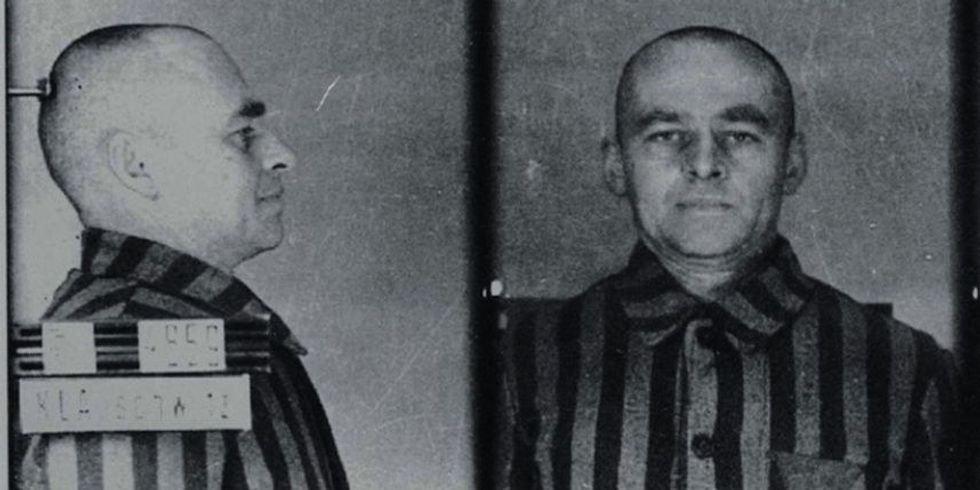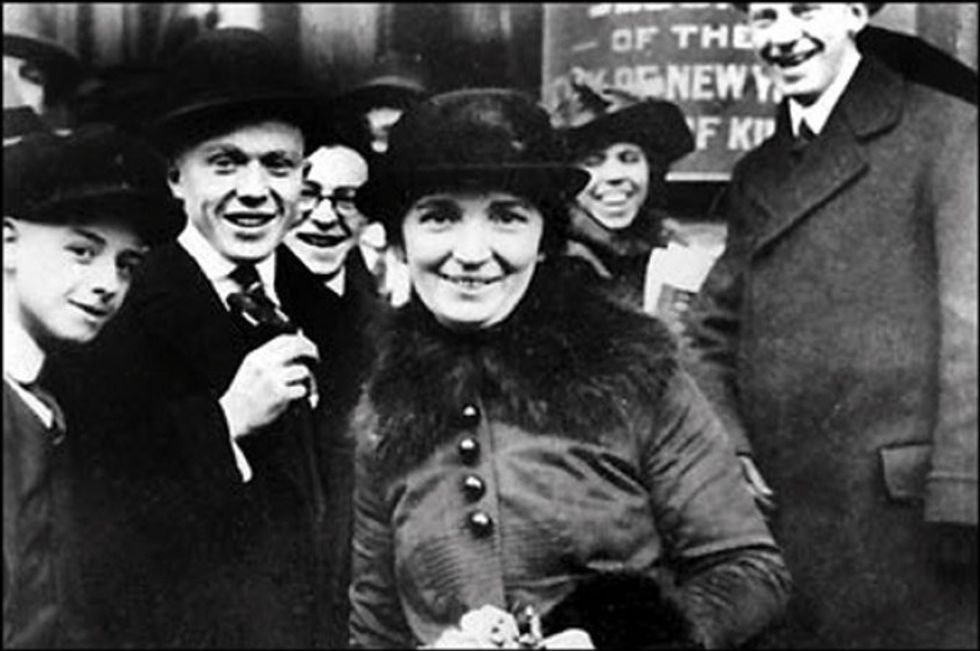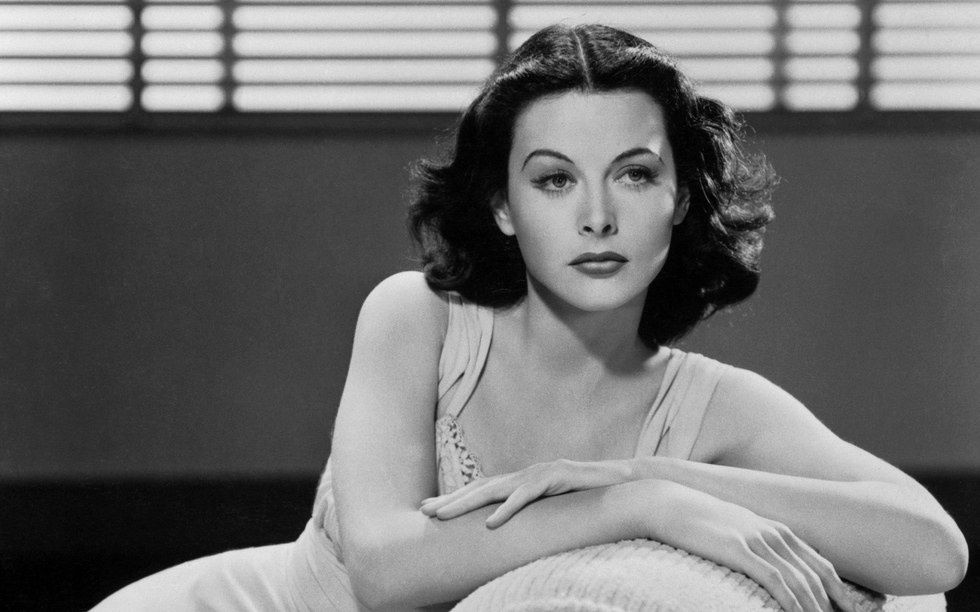Most often, it is everyday people who leave the greatest mark on history. These men and women, their stories, their impacts and their legacies are left out of history books and slowly begin to dissipate. To the unsung heroes of history, those who risked their lives, pushed for reform and wished to better the world, this article is dedicated in your honor.
1. Gino Bartali.
After his death in 2000, the details of Italian cyclist Gino Bartali began to emerge and shock the public. A man previously known as a world renowned cyclist, winning the Tour de France twice, was now labeled a hero. Before the German occupation, Italy was a sought refuge for many Jews escaping Hitler’s power. As the Third Reich began to expand, those seeking refuge in Italy were soon sent to concentration camps. Using his skills as a cyclist, Bartali would use his bike handlebars to smuggle forged documents to Jews in hiding, allowing them to escape deportation to concentration camps. His courage and selflessness allowed him to save what is thought to be 800 people.
2. Nellie Bly.
The 1800s offered women very little opportunities within journalism or any job. At this time, women fortunate enough to work for newspapers were often forced to write columns regarding fashion, cooking and gardening. Elizabeth Jane Cochran, or most commonly known by her pen name “Nellie Bly” yearned for a taste of investigative journalism. After working her way into the most prominent newspapers in New York City, she was assigned to investigate Blackwell Island Insane Asylum. Using the name Nellie Brown, she managed to convince those at a local women’s shelter that she was in fact, insane. She was soon evaluated by doctors, whom she was also able to convince. After being admitted to Blackwell Island, she was able to uncover that the place was infested with rats, inmates were being beaten and tortured, and many weren’t even insane at all. Her assignment soon took an unexpected turn. She confessed her true identity, but was unable to convince the staff she was actually sane. After being rescued by members at the newspaper firm, she wrote and successfully exposed the harsh conditions of the mental health system during the nineteenth century.
3. Witold Pilecki.
At the time Auschwitz was in operation, little was known about the atrocities taking place behind the barbed wire fences. Pelecki, a Polish officer working for the anti-Nazi underground, felt he needed to find out. After purposely walking into a German roundup of civilians in Warsaw, he was soon sent to the notorious camp. He began sending information about the Nazi plan to exterminate the Jewish population and the introduction of the gas chambers. He soon escaped and offered the first look inside the death camp. He was executed by the Soviets after gathering intelligence on their regime after WWII. The fall of the USSR introduced the world to his story, since before Soviet censorship forbade the mention of his name.
4. Margaret Sanger.
Feminist Margaret Sanger coined and popularized the term "birth control" and worked effortlessly for its legalization. After working with women who suffered from black alley abortions in the early 1900's, she fought to educate and legalize contraceptives. The Comstock Act of 1873 prohibited the circulation of "obscene and immoral materials”. This included contraceptive methods, making Sangers' work illegal. In 1916, she opened the first birth control clinic in the United States after she returned from England to avoid arrest. She was arrested and sentenced to 30 days in prison, but it did not stop Sanger. Her introduction of the American Birth Control League in 1921 mirrored the modern-day Planned Parenthood. Her legacy is still felt today as she pushed for women’s health and improvements in birth control medication.
5. Irena Sendler.
After the Warsaw Ghetto was erected, Irena Sendler was appalled at the conditions she witnessed from the outside. This drove her to join an underground resistance movement to help aid the Jews. She legally visited the ghetto daily and smuggled food, clothing and medicine inside the camp. Her focus was on the children and she worked tirelessly to find homes willing to keep them in hiding. She did not stop at food and clothing. She managed to smuggle 2,500 children out of the Warsaw Ghetto inside ambulances, potato sacks, body bags or even coffins. They were then given new identities from the papers she helped forge. She kept the true names of the children buried in jars under an apple tree. She was soon discovered by the Gestapo, arrested and tortured, only to escape shortly after. After the war, she dug up the 2,500 names and helped the children find their relatives. The amazing thing is, she was displeased with her work, wishing she could have done more.
6. Captain Mbaye Diagne.
Captain Diagne is known as the forgotten hero of the Rwandan genocide. The slaughter of the Tutsi people by the Hutu government was not expected to reach the scale that it did. Although urged by the United Nations to remain involved, Diagne joined the UNAMIR to help return the country to peace. After learning about the death of Prime Minister Agathe Uwilingiyimana, Diagne drove her five children to safety. He did not stop there. Avoiding numerous checkpoints, he managed to save 25 Tutsis who were hiding in a basement. His life was cut short in 1994 when his Jeep was hit by a mortar shell, killing him instantly. The exact number of those he saved is unknown though expected to be dozens.
7. Victoria Woodhull.
Victoria pushed for women’s rights but is famously known for being the first woman to run for president in 1870. She pushed for women’s suffrage, regulation of the workplace and the abolition of the death penalty, among other things. She ran under the Equal Rights Party which she organized herself. Her name appeared on only a few ballots across the country, but her votes were not counted, leaving the number of votes unknown.
8. Sybil Ludington.
Known as the female Paul Revere, she rode over 40 miles in the rain to warn the Continental militia that British troops were burning nearby Danbury, Connecticut. Her bravery allowed her to gather over 400 men to fight back against the British troops with victory. Ludington was thanked by General George Washington, but is not known on the scale of Paul Revere. At the time of Sybil’s ride, she was 16 years old.
9. Hedy Lamarr.
Most commonly known for her work on screen and striking beauty, Hedy Lamarr forever changed the field of wireless communication. Along with George Anthiel, she co-invented a “Secret Communications System” to help defeat the Nazis in WWII. The invention helped manipulate radio frequencies going in and out that prevented classified information from being intercepted by the enemy. She received little recognition for her work until 1997 when Lamarr and Anthiel received the Electronic Frontier Foundation (EFF) Pioneer Award. This invention helped with the development of modern day Wi-Fi, and is also used in cell phones.
10. Stubby.
Stubby was found wandering around the fields of Yale University and was soon adopted as an infantry mascot for the 26th Yankee division during WWI. He learned the ways of combat and even a modified salute. He was smuggled overseas to boost the morale of the soldiers but was put to fine use. Unfazed by the sounds of gunfire and falling shells, and a previous injury due to chemical warfare, he was able to detect and warn the men of incoming gasses. He would also locate wounded men on the battlefields and lay barking until help arrived. After attacking a German soldier, Stubby was promoted to the rank of Sargent within the 102 Infantry. He served in 17 battles and died in 1926.


































